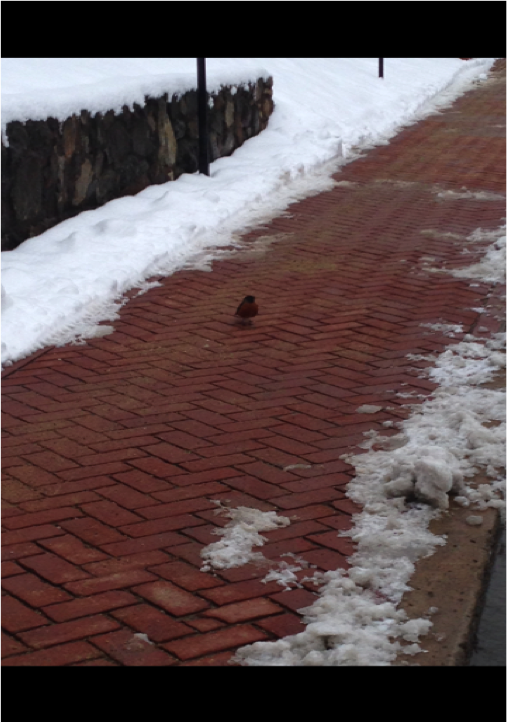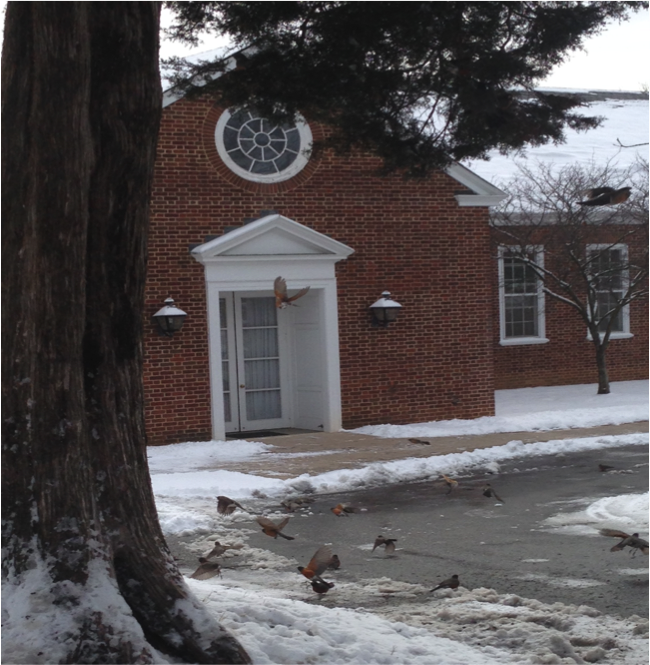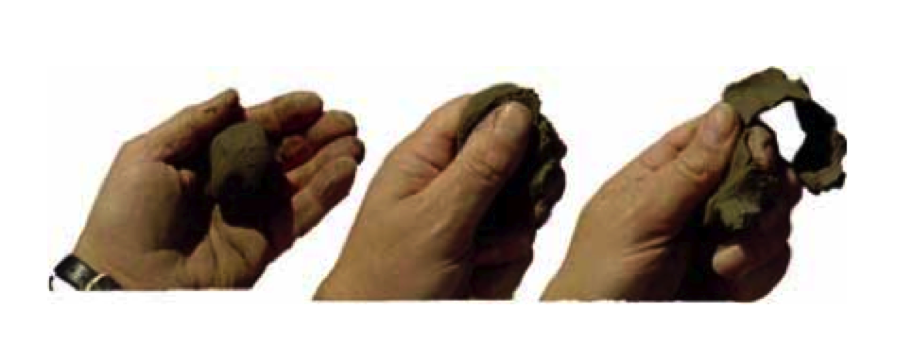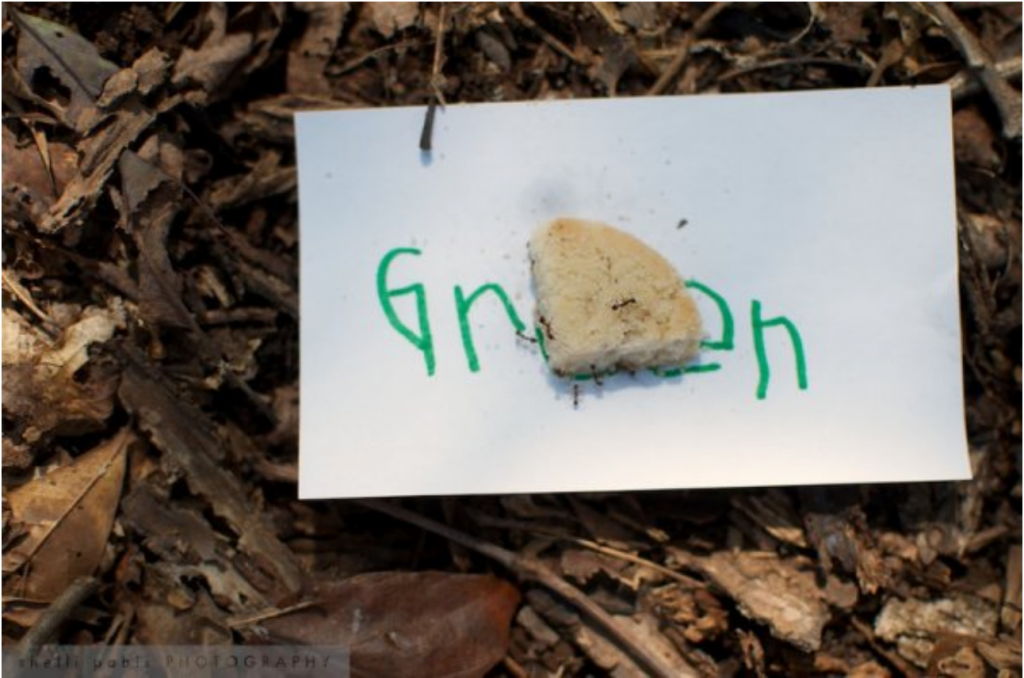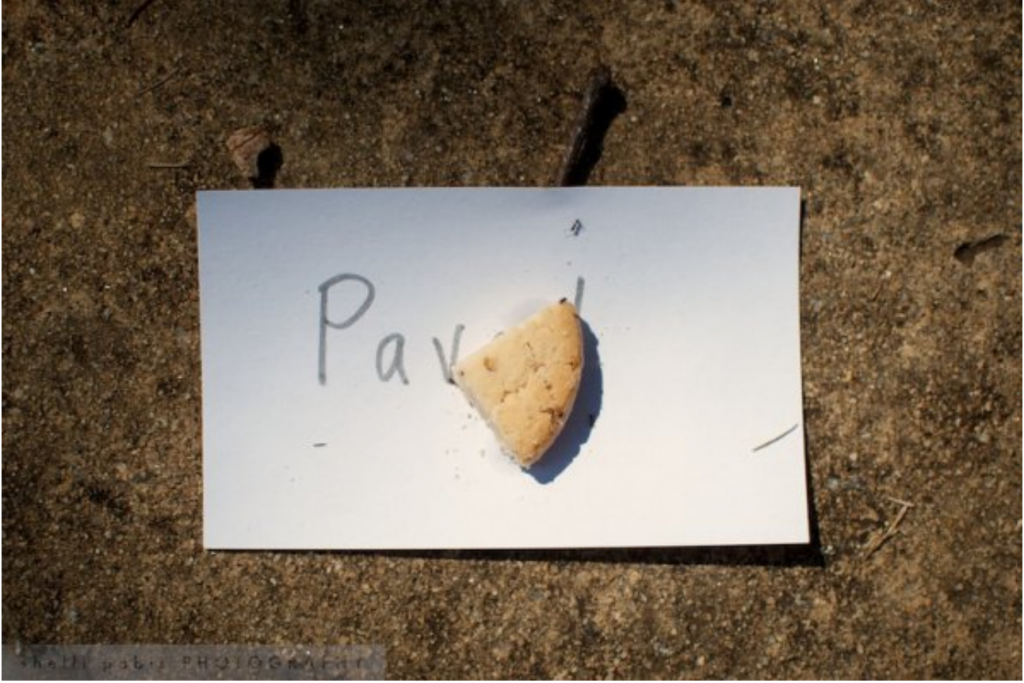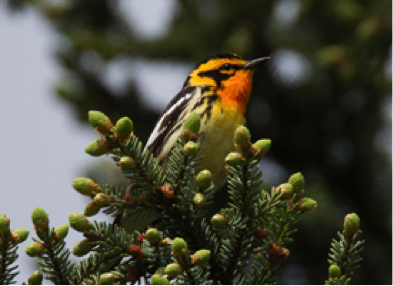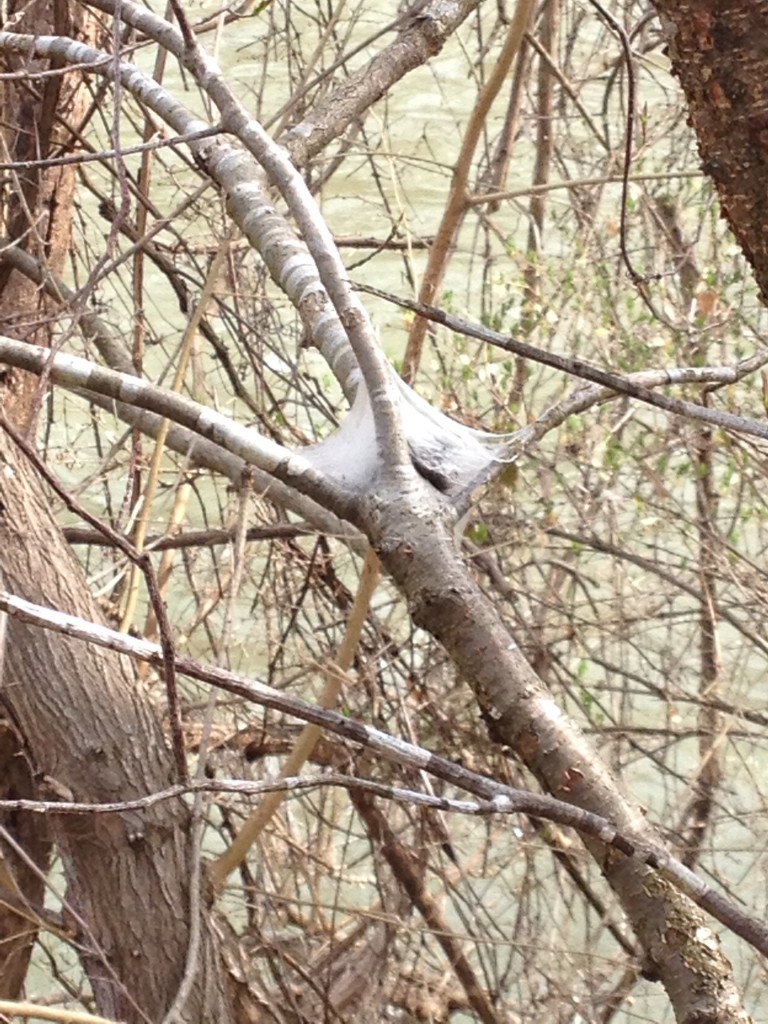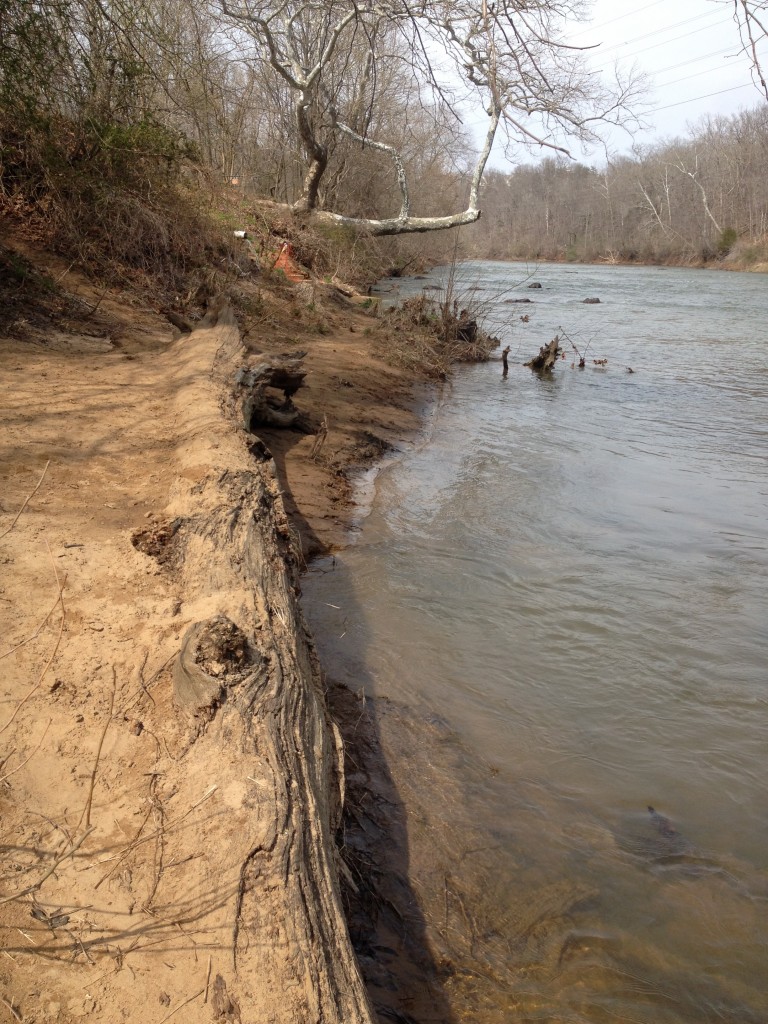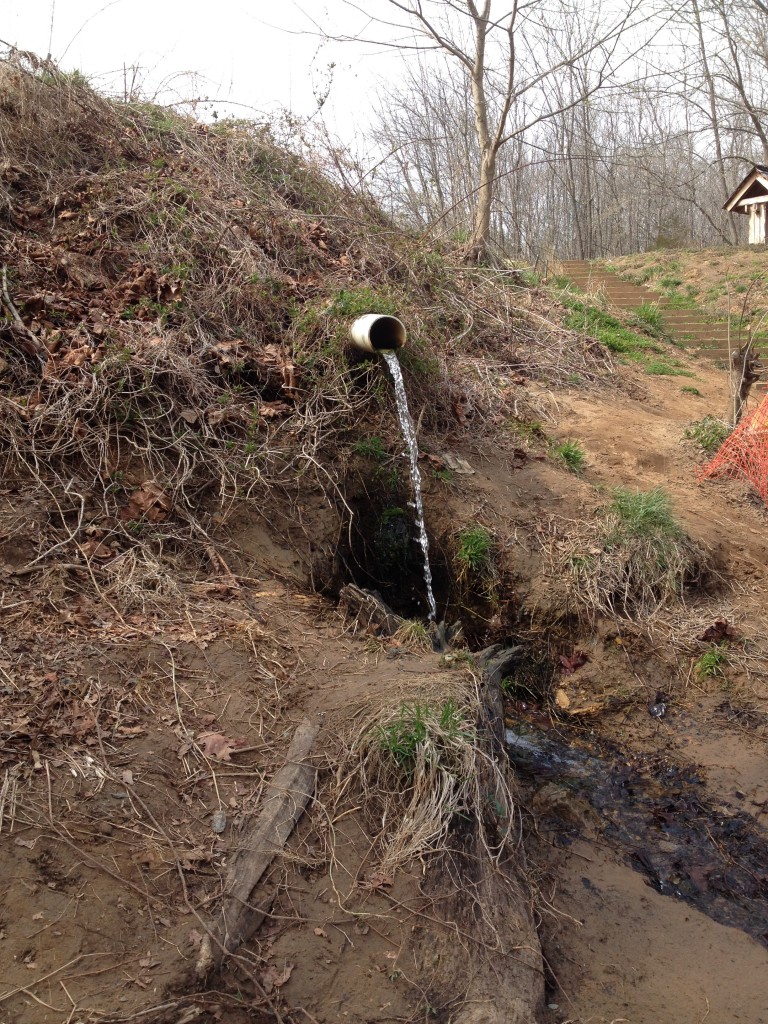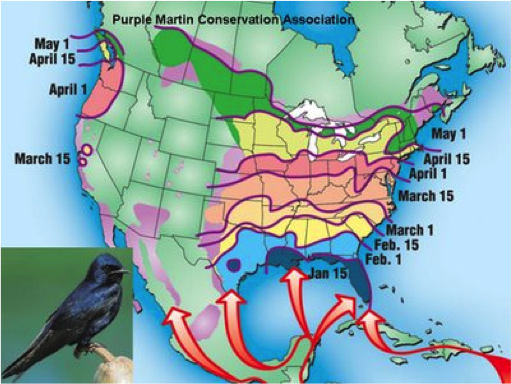The way we organized the blog posts in the Birds Group is that each member writes a post on a bird that specifically resonated with the individual around grounds. I was very intrigued by the American robin. Over the past few months, as the snow began to melt and the temperatures began to rise, I frequently sighted the robin at different locations on grounds. American robins tend to be some of the most typical “early-birds”, meaning that they come out right when winter starts to turn in to spring. Even though the robin is also around during the winter, they tend to remain in their nests, consequently attracting less attention than when they are hopping around under trees and on fields. The American robin has an orange chest and sings a very high-pitched, jovial song. While the American robin generally tends to reside in Virginia and the majority of the US all year long, some spend their summers in Canada and their winters in Mexico.
The Robin is the One
The robin is the one
That interrupts the morn
With hurried, few, express reports
When March is scarcely on.
The robin is the one
That overflows the noon
With her cherubic quantity,
An April but begun
The robin is the one
That speechless from her nest
Submits that home and certainty
And sanctity are best.
—Emily Dickinson
In this poem by Emily Dickinson, it is clear that the robin is the messenger of spring, since it begins to appear “when March is scarcely on”. This line by Emily Dickinson, confirms my observations, because I also only started noticing the presence of the robin in the past few months. Also, the robin seems to have a very delightful quality, or as Dickinson puts it, “cherubic.” I similarly noticed this quality about the robin, which is why I was so intrigued and always took a moment to observe and enjoy whenever encountering one.
During my sightings of the robin, I have seen it all alone and have also observed it in a group of over a hundred individuals. Therefore there does not seem to be any pattern as to any group size it likes to travel in. The robin feels comfortable in large groups, but also enjoys wandering off on its own.
Here is an American robin that I observed roaming the grounds alone:
Here are two pictures of American robins in large groups:
In conclusion I would like to encourage people to pay attention to and observe the robins on grounds. They spread an infectious feeling of joy, both with their quick playful movements and with their cheery song.
Post by Martin Howell, Third-Year, Environmental Thought and Practice
